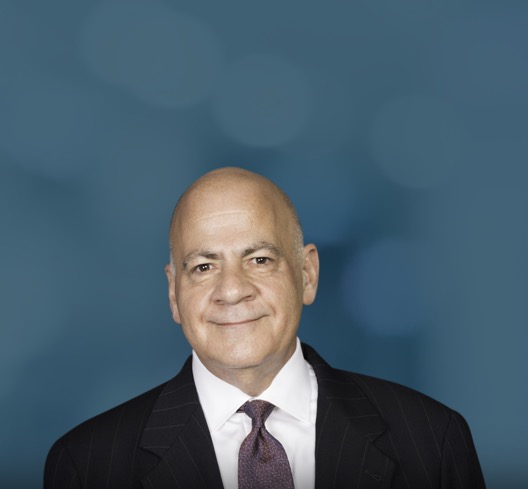Employment Newsletter
Intellectual Property Created in the Course of Employment
Generally, “intellectual property” is any intangible property, such as knowledge of a process, a musical composition or a trademark associated with a product. There are typically four specific areas of intellectual property: patents, copyrights, trademarks and trade secrets. Since there is not actual “physical” property to possess, laws have been specifically created to protect ownership rights and interests in intellectual property.
In the work environment, when an employee conceives of or creates intellectual property that is subsequently used by their employer, the employee may expect to be compensated for the use as the owner of the property. However, if the employee was hired for the specific purpose of creation of the property, the employer may have full property rights to anything that is created.
Patent Ownership
A “patent” grants the inventor of a novel, non-obvious and useful invention, with the exclusive right to the benefits of that invention for a specific period of time. Accordingly, any invention that was created by an employee is owned by that employee (they also own all associated patent rights), provided that the invention was created on their own time and with their own resources.
However, when an employer hires an employee for the purpose of inventing or solving a problem, the employee is obligated to assign the patent rights to their employer. This obligation is usually made express in the employment contract.
Further, the employer may have a “shop right” in the invention. A shop right essentially licenses an employer to use an employee’s invention for their own business purposes, if the invention was developed on the employer’s time, using the employer’s property, money and labor. The employment contract typically specifies whether the employee should be compensated (and if so how much) for the invention and patent rights.
Copyright Ownership
A “copyright” grants the author of a creative literary or artistic work with the exclusive right to print, copy, sell, license, distribute, transform, translate, record or perform that work. Copyright protection is automatic as soon as the work is transcribed into some tangible form (i.e., rather than just a thought).
The creator of an original, creative work is the “author” and thus, the owner of the copyright. If the employee was hired to create the work, their employer is considered to be the author and owns all copyrights. On the other hand, if the employee is an independent contractor (rather than work for hire), the employee own the copyrights to any works that they create, unless there is an agreement otherwise.
Trademark Ownership
A “trademark” is a distinctive or unique word, phrase, symbol, device or combination thereof which is attached to a good or service to identify the source of that good or service. The owner of a trademark has the exclusive rights in its use indefinitely until it is abandoned or becomes generic.
If an employee creates a trademark, ownership of the mark, as between employer and employee, will depend on who was first to use the mark and who the mark identifies. However, if the trademark was created within the scope of employment and their employer uses it, the employer owns the mark and its associated rights.
Trade Secret Ownership
A “trade secret” is a business’ confidential process, method, plan, formula or other information that offers it a competitive edge in the marketplace. In the employment context, an employer is generally the owner of a trade secret that is used in their business.
Employees are not permitted to disclose or use their employer’s trade secrets without authorization. Employers typically attempt to prevent the disclosure of their trade secrets by requiring employees to sign a nondisclosure (confidentiality) agreement. However, once the trade secret is made public, such as through disclosure or reverse engineering, all ownership rights are lost and the information is no longer protected.
Fiduciary Obligations of Employees
Some employment relationships necessarily create a fiduciary duty between employee and employer. In general, a high level employee owes their employer (or company) a duty of utmost trust and confidence in regard to the business and/or general affairs of the business. Such an employee breaches that duty when they misuse any intellectual property owned by the employer. As such, these employees may not:
- Disclose confidential information or use such information for their own benefit
- Usurp a corporate opportunity by learning of an opportunity and seizing it for themselves
© 2024 NextClient.com, Inc. All rights reserved.



